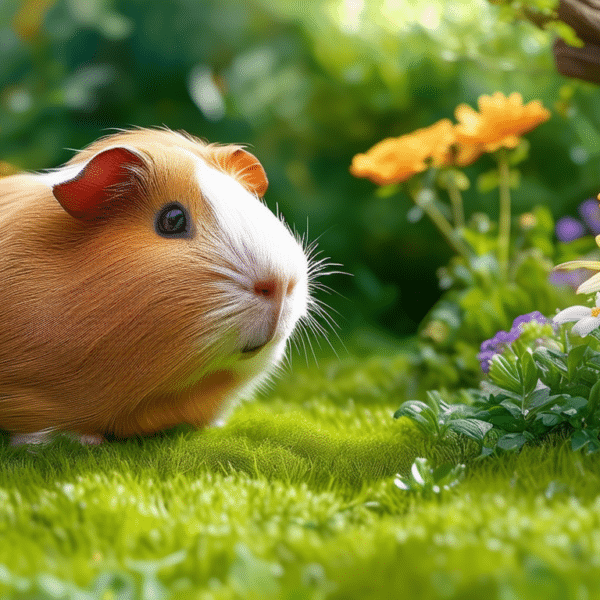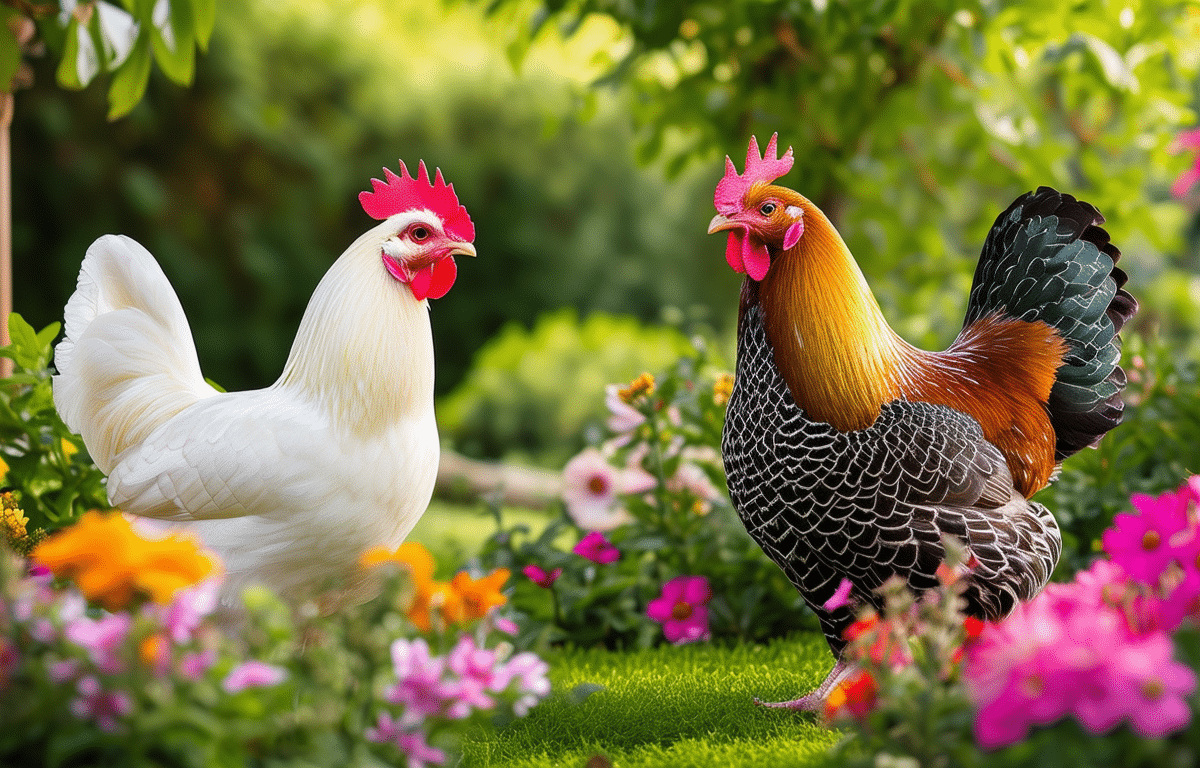Content
Chipmunks are the quintessential small mammals that bring life and energy to gardens and woodlands across North America. Their distinctive stripes and bustling activity make them a fascinating subject for anyone interested in wildlife behavior. Understanding these creatures goes beyond their cute appearance, as they play a significant role in the ecosystem.
The Daily Life of a Chipmunk

Observing chipmunks throughout the day reveals a pattern of foraging and hoarding. These small rodents have cheek pouches that they stuff with seeds, nuts, berries, and even insects, which they then transport back to their burrows. The storage of food is critical for their survival, especially as they prepare for winter hibernation. Unlike true hibernators, chipmunks enter a state of torpor but will wake intermittently to feed on their stored provisions.
Social Interactions and Territory
While often perceived as solitary animals, chipmunks do have complex interactions. They communicate through a series of chips and chirps, which can indicate alarm or establish territory. Each chipmunk has its own home range, which it defends vigorously from intruders. During mating season, however, males will venture into other territories in search of a mate, leading to increased vocalizations and activity.
Nesting Habits and Burrow Systems
The architecture of a chipmunk’s burrow is quite intricate. It includes multiple entrances and escape routes to evade predators. Inside the burrow, there are designated areas for sleeping, storing food, and even discarding shells or waste. The nesting chamber is lined with leaves, grass, or other soft materials to provide insulation and comfort.
Predator Evasion Techniques
In the wild, chipmunks are prey to many predators such as hawks, foxes, snakes, and domestic cats. Their striped camouflage helps them blend into their surroundings while their agility allows them to quickly dart to safety. When threatened, chipmunks will emit alarm calls to warn others of danger while seeking refuge in their burrows or nearby trees.
Seasonal Behaviors: Preparing for Winter
As autumn approaches, chipmunks become more visible as they ramp up their food collection. This period is crucial as they must gather enough sustenance to last through the winter months when food is scarce. Observers may notice an increase in digging activity as they expand their burrows to accommodate the additional food stores.
Creating a Chipmunk-Friendly Garden
Gardeners can encourage chipmunk visits by providing a habitat that caters to their needs. Planting berry-producing shrubs and leaving some areas of the garden untamed can create natural foraging grounds. Additionally, providing a source of clean water and leaving small piles of rocks or logs can offer shelter and nesting materials for these energetic dwellers.
The Role of Chipmunks in Ecosystems
Beyond their charming antics, chipmunks play an important role in seed dispersal and soil aeration through their burrowing activities. They also serve as a food source for larger predators, maintaining the balance within the ecosystem. By understanding and appreciating the behaviors of these small but mighty creatures, we can ensure that they continue to thrive alongside us in our gardens and natural spaces.
We hope you enjoyed this peek into the world of chipmunks! Please do share our article and come back soon for more insights.












